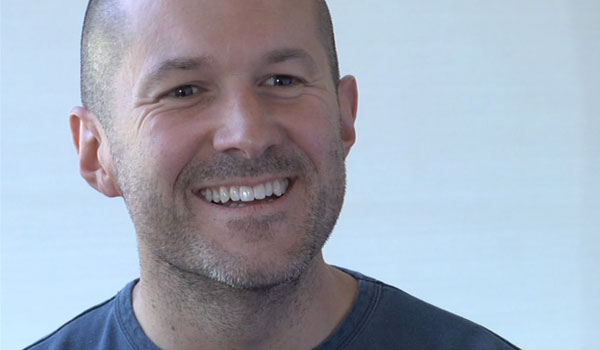What I've learnt about Jonathan Ive's design process

Introduction
Apple are famed for their secrecy almost as much as for their great products, so it’s no surprise that information about their design process is thin on the ground.
Jonathan Ive even spoke at a Government sponsored design event recently called Design for Growth, but is conspicuously missing from any video footage taken of the day.
Nevertheless, there are published snippets out there that allow us to put together a picture of the design process in play at Apple, which Jonathan Ive is certainly a large part of.
Emotion matters
“You have to be comfortable with the emotive and intangible.”
- Jonathan Ive Wired
Obsessive attention to detail
In the book Inside Apple, Lashinsky recounts Apples obsessive attention to detail:
How a customer opens a box must be one of the last things a typical product designer would consider. Yet for Apple, the inexpensive box merits as much attention as the high- margin electronic device inside.
Pixel perfect mock-ups
Michael Lopp gave a talk at SXSW about the Apple design process. His talk is recounted by Ars Technica:
Apple sets the bar very high, but is not afraid to screw up. Once a feature is on the list for implementation, designers spend the time necessary to come up with 10 “pixel-perfect” designs. Lopp said that this level of detail takes a lot of time up front, but it eliminates any ambiguity when it’s time for evaluation. The 10 designs are then whittled to three candidates, and the final is chosen from those.
10 options for every feature
BusinessWeek also covered Michael Lopps talk, and mention the extreme effort Apple puts into every feature:
Apple designers come up with 10 entirely different mock ups of any new feature. Not, Lopp said, “seven in order to make three look good”, which seems to be a fairly standard practice elsewhere. They’ll take ten, and give themselves room to design without restriction. Later they whittle that number to three, spend more months on those three and then finally end up with one strong decision.
Stay close to the real objects
In the extras of the documentary film Objectified, Ive speaks about the importance of designers having a physical relationship with the things they build, and not to do everything virtually.
It’s possible to get so far removed from the actual object by using virtual tools such as CAD - this is not good. This very direct connection with the object is incredibly important - it leads to a thorough understanding of how the object is made, which ultimately will lead to a design which works with manufacturing processes rather than against them.
This is reiterated in an interview with the Evening Standard:
We struggle with the right words to describe the design process at Apple, but it is very much about designing and prototyping and making. When you separate those, I think the final result suffers.
Further Reading
Theres obviously much more to Jonathan Ive and Apple than can be summed up in one blog post. The reading list below gives even more insight.
- Design According to Ive, Wired Magazine, 2003.
- How did a British polytechnic graduate become the design genius behind 200billion Apple?, Daily Mail, 2011.
- Jonathan Ive, Design Museum, 2007
- Jonathan Ive Objectified Interview
- Foreword to As Little Design As Possible: The Work of Dieter Rams